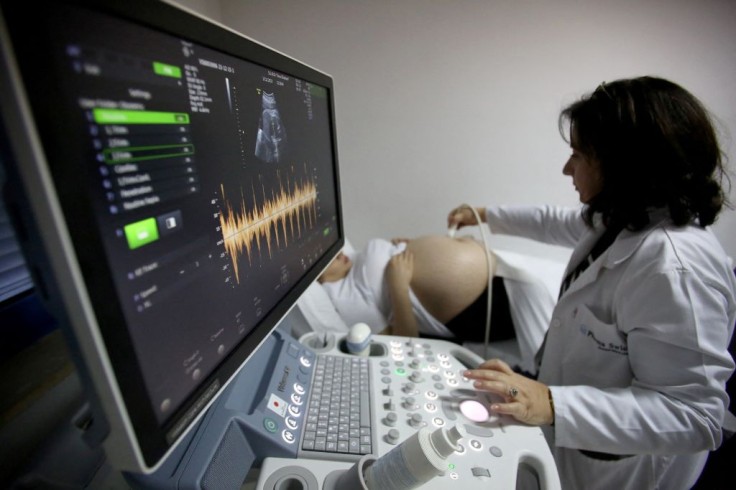
For many expected parents, detecting the gender of their unborn child is frequently more about eagerness than need, yet it remains an astonishing achievement.
Commonly, you'll determine the gender during your anatomy scan around the 20th week of pregnancy, though earlier methods such as non-invasive prenatal screening (NIPT), chorionic villus sampling (CVS), or amniocentesis may reveal it sooner.
The process of male development commences much earlier in pregnancy. If anticipating a baby boy, here's what you might observe on ultrasounds at numerous stages.
The journey to becoming male begins with implantation by a sperm carrying a Y chromosome, where the SRY gene decides the growth of testicles.
Several Steps Contribute to the Formation of Male Fetus
- Early testicle cells release a substance inhibiting female genital development.
- Testosterone production initiates before nine weeks.
- By around 12 weeks, under the effect of testosterone, the male genitals, including the penis, scrotum, and testicles, begin to take shape.
- The descent of the testes into the scrotum is essential for normal growth, starting between eight to 15 weeks and completing around 32 weeks.
First-trimester ultrasounds primarily serve to confirm due dates or detect potential issues like Down syndrome. At this stage, categorizing between sexes isn't possible as the genital tubercle is still undeveloped, though some technicians may evaluate the angle of the tubercle (nub theory) for possible clues.
The anatomy scan, commonly administered between 18 to 22 weeks, includes an evaluation of fetal growth, including the sex organs.
By this time, the penis and scrotum are usually well-defined, permitting for gender identification. However, in unique cases, attaining a clear image may prove difficult.
Subsequent ultrasounds in the second or third trimester are typically prompted by pregnancy complications. Nevertheless, they often provide opportunities to catch glimpses of your developing baby boy, with distinct visuals of the penis and scrotum requiring no interpretation.
How Accurate Is Gender Ultrasound?
The certainty of an ultrasound in anticipating a baby's sex depends on the timing of the scan. Ultrasounds administered late in the first trimester (between 11 and 14 weeks) are roughly 75% certainty, while those executed in the second trimester boast nearly 100% certainty, although no test is perfect.
If you want to avoid potential mistakes, it's advisable to wait until the second trimester before acting on ultrasound results. Remember, ultrasounds rely on visual interpretation, which can be subjective and prone to error due to numerous factors:
- Sonographer's Experience: A well-trained and experienced technician heightens the possibility of precise results.
- Maternal Factors: Gas, bloating, or a full bladder can create shadows or obscure the image, complicating accurate sex determination.
- Fetal Position: The baby's position, such as crossed legs or the umbilical cord between the legs, can hinder a clear view.
- Multiple Pregnancies: If anticipating multiples, the babies may conceal or block each other, making it tough to determine each one's sex.
Identifying a Boy on an Ultrasound
Parents might find it challenging to distinguish various parts of their baby's body during an ultrasound, but sonographers look for specific male characteristics:
- Genital Tubercle Pointing Up: This structure, which will develop into a penis (or a clitoris for a girl), is examined closely. If it is angled upward when viewed from the side, it indicates a boy.
- Dome Shape: When looking at the baby's bottom from below, a sonographer might identify the "dome sign," which is the penis and scrotum.
Related Article: Signs You Are Pregnant with a Boy: Folklore versus Scientifically Supported Methods